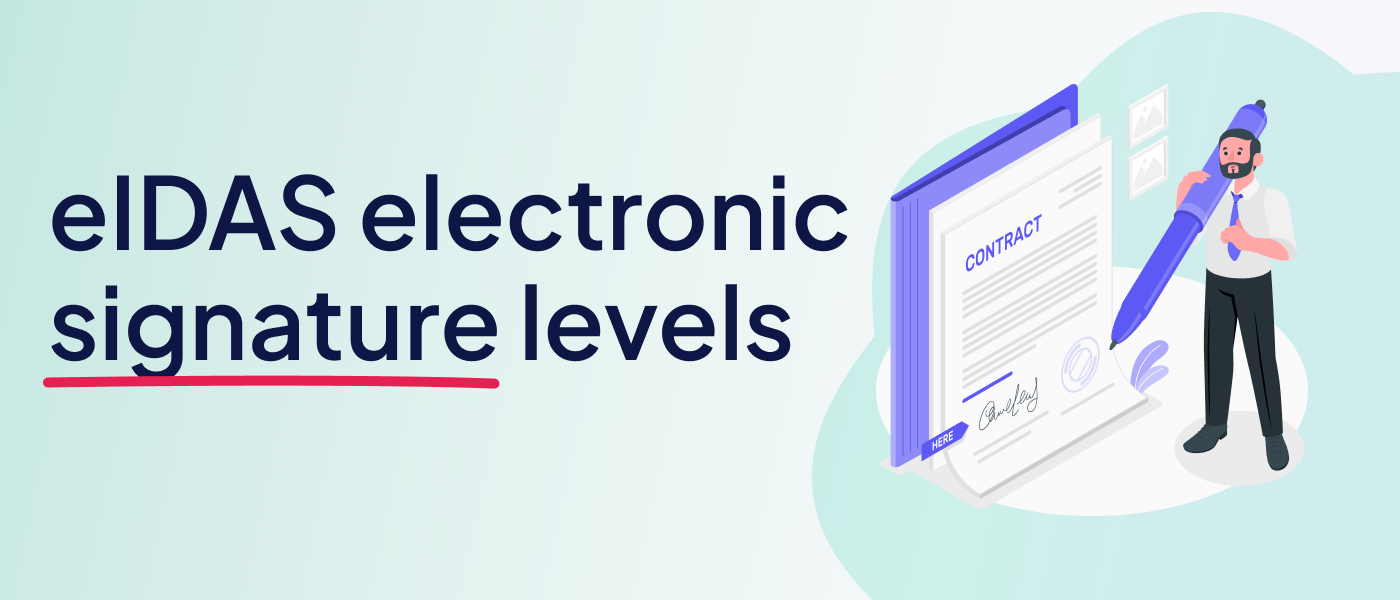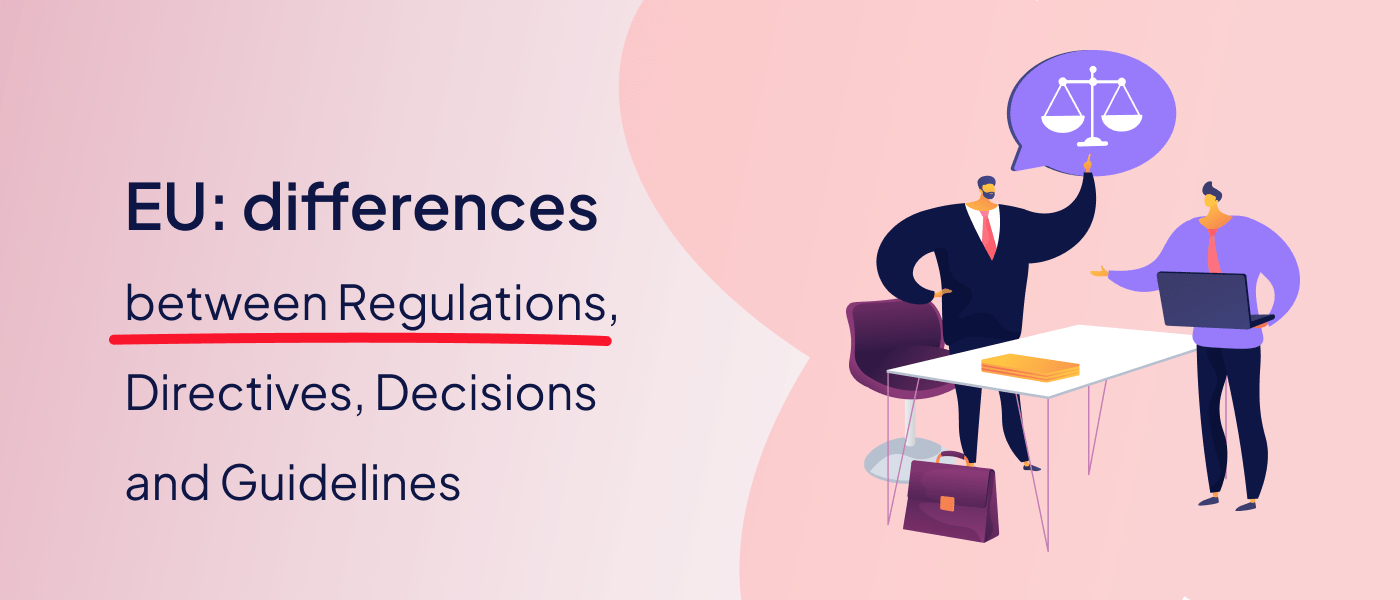Partager :

Decoding the Qualified Certificate for Electronic Signatures: Its Importance for EU’s Financial Services
The introduction of the eIDAS regulation has had a significant impact on business transactions within the EU, particularly for the financial services sector. One element at the heart of this regulation is the ‘Qualified Certificate for Electronic Signatures’. Understanding its nature, implications, and potential for financial services is critical in the era of digital transformation.
Qualified Certificate for Electronic Signatures: An Overview
A Qualified Certificate for Electronic Signatures is a digital certificate issued by a qualified trust service provider (QTSP), as per the eIDAS regulation. It associates signatory validation data with a natural person and confirms the identity of that person.
This certificate ensures that the electronic signatures it validates are trustworthy and secure. Furthermore, when combined with a qualified electronic signature creation device (QSCD), it can create qualified electronic signatures, the highest level of electronic signatures as per eIDAS.
Implications for Financial Services
The utilization of a Qualified Certificate for Electronic Signatures in financial services can have wide-ranging implications:
Enhanced Security
Security is paramount in the financial sector. Qualified certificates provide an additional layer of security by ensuring the electronic signature’s integrity and the signatory’s authenticity. It provides robust protection against potential fraud or data breaches. All the system providing a Qualified electronic Signature is audited every other year and the Trust Service Provider delivering is published in the European Union Trust List (EUTL) making it easy to verify compliance with eIDAS.
Stronger Compliance
With increased regulations in the financial sector, compliance is crucial. The use of qualified certificates aligns with eIDAS, KYC, and AML requirements, helping financial institutions maintain regulatory compliance.
Burden of proof
When using a qualified signature, the burden of proof is reversed meaning that the qualified signature provided by the Financial service is deemed valid by default and it is up to the signatory to proof that his / her identity was forged.
Improved Trust
For financial services, customer trust is essential. The use of qualified certificates assures customers of the institution’s credibility, leading to stronger trust and loyalty.
Simplified Cross-Border Transactions
The harmonization of eIDAS across the EU means that a Qualified Certificate for Electronic Signatures is recognized EU-wide. This facilitates cross-border digital transactions, opening doors to a broader customer base for financial institutions.
The Strategic Path Forward
With the rising digitization of financial services, incorporating the Qualified Certificate for Electronic Signatures is a strategic move. The certificate’s security, regulatory compliance, and potential for enhanced customer trust make it a cornerstone of digital transactions in financial services. It allows institutions like BNP Paribas, AMEX, Santander, and QuickSign to lead the digital race in the financial industry.
In conclusion, the Qualified Certificate for Electronic Signatures is not just a technical detail of the eIDAS regulation; it’s a strategic enabler for financial services, driving secure and efficient digital transactions within and beyond borders.
For information on how QuickSign can apply electronic signatures for your needs, see our platform:
Written by Ahmed B.
More posts on this topic


